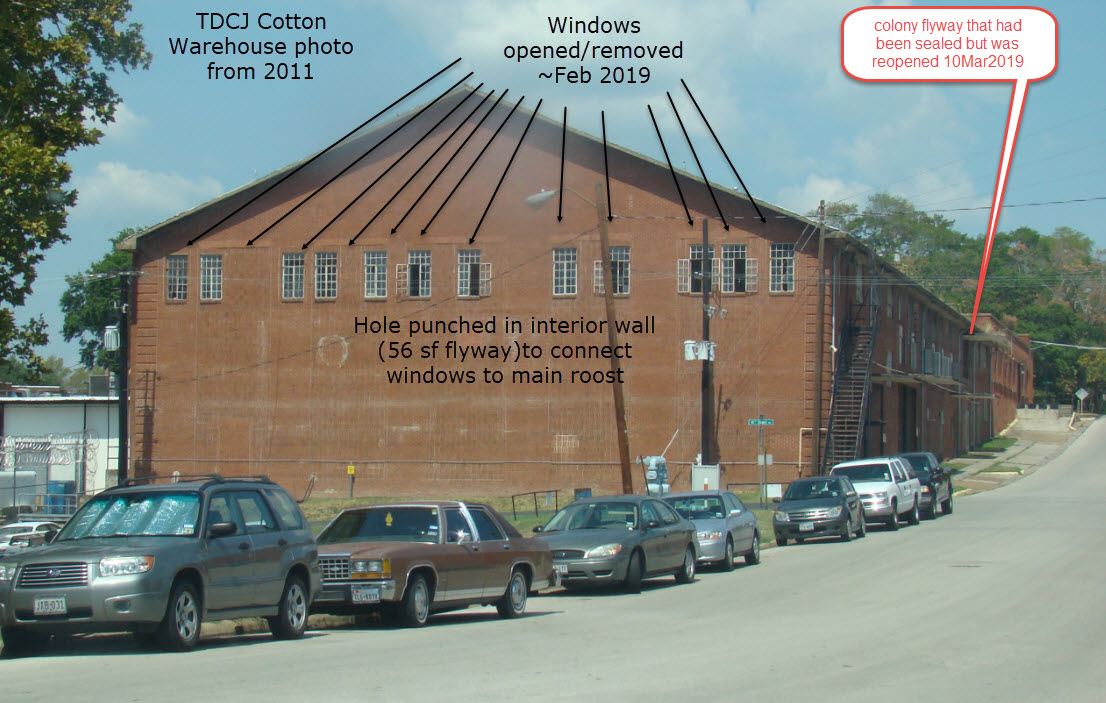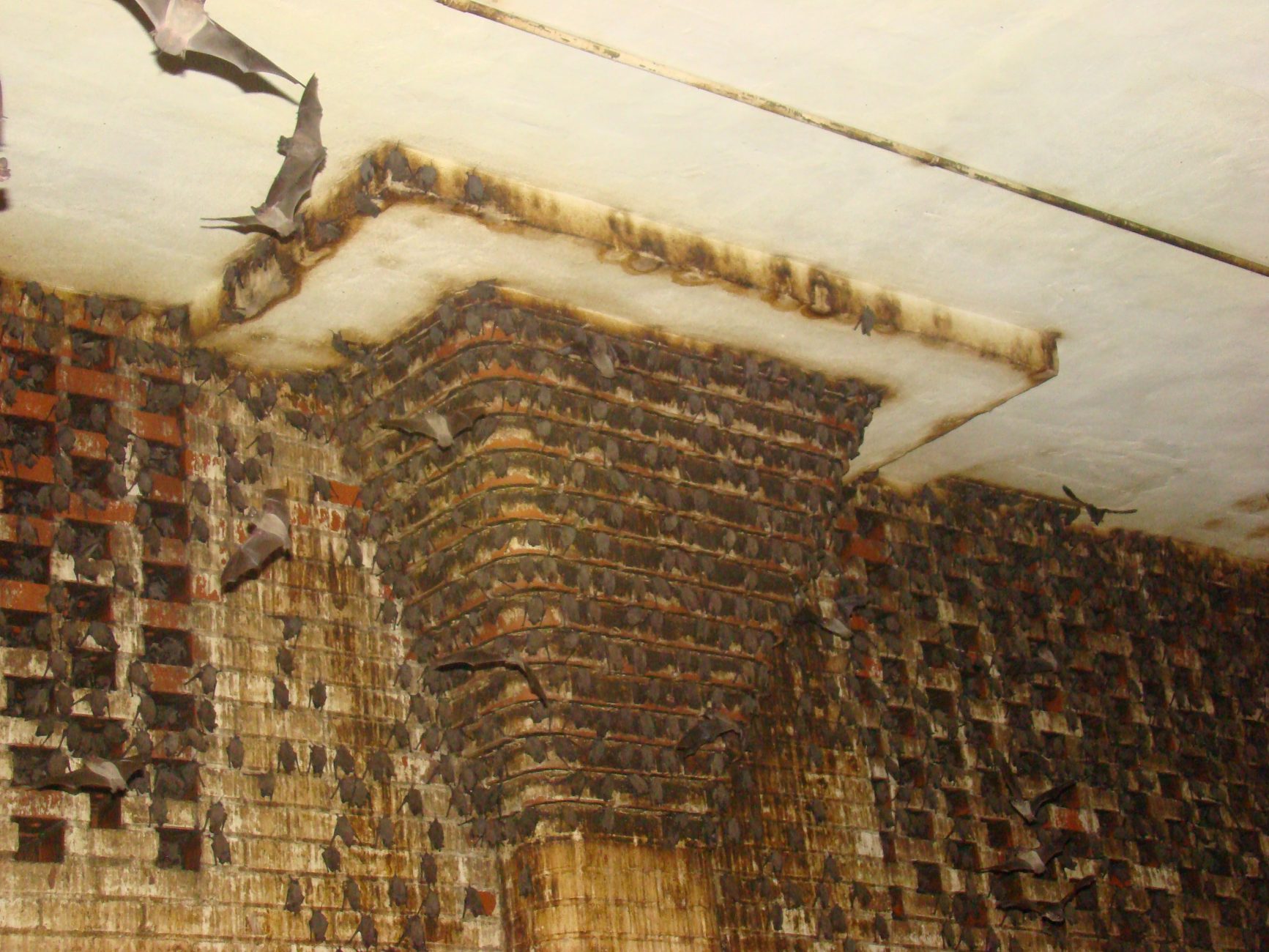Thermal camera testing
We were asked to test a thermal camera for an acoustic deterrent study taking place this fall at Texas State University.
TXSU toured our facilities last year and now will build a larger flight cage per our specifications on the Freeman Ranch, near the university.
This cage will be the site of an acoustic deterrent study aimed at lowering the kill rate for yellow bats at wind farms.
The Department of Energy has granted funds for the study and NRG, an energy company, lent us the thermal camera to test for the study.
There was concern that the size of the netting we specified for bat safety was smaller than the pixel size of the Axis Q1942-E PT Mount Thermal Network Camera, once the camera was placed far enough back to cover half the flight cage in its field of view. Two cameras will be used, one to cover each end of the cage, where the acoustic deterrents will be activated randomly, while the cameras monitor the reactions of the bats. Success in this project could reduce yellow bat mortality around wind farms. Some success has been made in deterrents for Mexican free-tailed bats and hoary bats, but none so far for yellow bats. Hopefully this study will provide some solutions for the northern yellow bats, southern yellow bats, and western yellow bats in South Texas, an area with a large number of wind farms.
Here’s what we found with a camera placed 9.3 meters back from the netting.
Even thought the netting did show up as a worrisome haze, once the bats started flying their metabolisms created plenty enough heat to track them as they hunted moths in the flight cage.
In fact, they look liked comets blazing through the night sky. Furry little shooting stars!
The team was excited at the results of our test, and now can move confidently on with construction of the study flight cage and procurement of the cameras!
We’ll also ensure that the yellow bats used in the study are well cared for, before they are released after 2-3 days in captivity.

